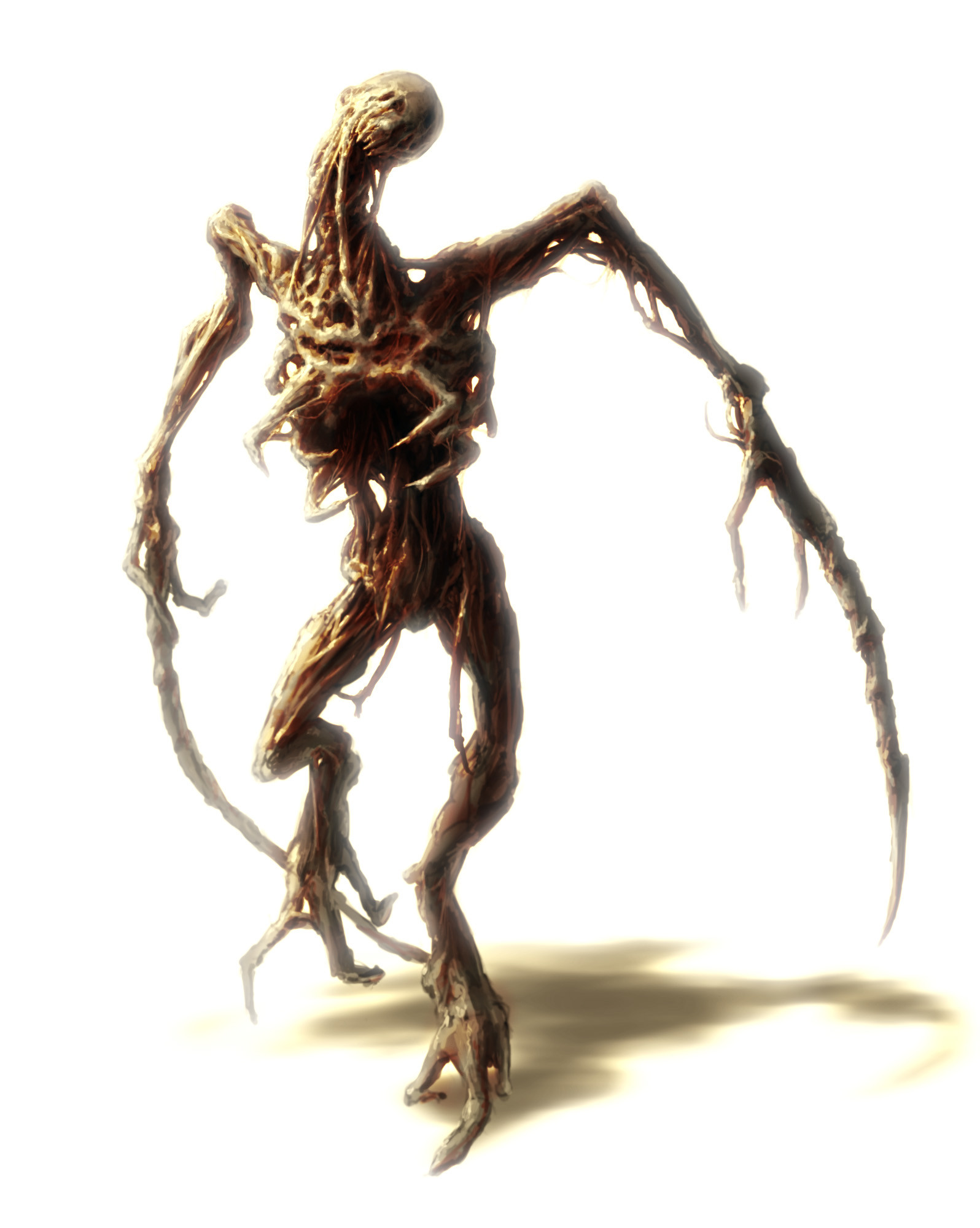

The hallways are tight and narrow, so there's nowhere to run. What made 'Dead Space' so terrifying, aside from the face-eating Necromorphs, is that it's grounded to a degree in reality.Įven before the player fights their first enemy, the game capitalizes on all the phobias listed earlier. It’s impossible to speak of space, horror, and interactive media without mentioning ‘Dead Space,’ one of the most iconic horror video games of all time (which just had an excellent remake for current-generation consoles). What if those planets we’re observing are already inhabited? What if the object circling that star is sentient? What if we’re not alone and the dark forest theory is highly accurate? It turns the question of “are we alone in the universe” on its head, from one of dreams to one of dread. Space horror does something similar, taking the familiar night sky that we gaze up at so hopefully, and filling it with cosmic horrors beyond our comprehension. They take something familiar and make it haunting. A local carnival or circus, a children's toy store, a beloved summer camp, a shopping mall – all are classic settings for horror stories. Horror shines blackest when it takes a familiar, innocent, innocuous concept and makes it dangerous, dark, and deadly. When it comes to horror in interactive media, transferring dread and terror from the screen to the viewer is highly influenced by the story's setting. Everything from fatherly affection to hope for a disease's cure is felt vicariously through a controller, keyboard, or television screen.

The best space horror games and movies are the most immersive forms of storytelling we've devised as humans, efficiently transferring the emotions of the character on the screen into emotions felt by the player or viewer. (Image credit: Sega / The Creative Assembly)


 0 kommentar(er)
0 kommentar(er)
